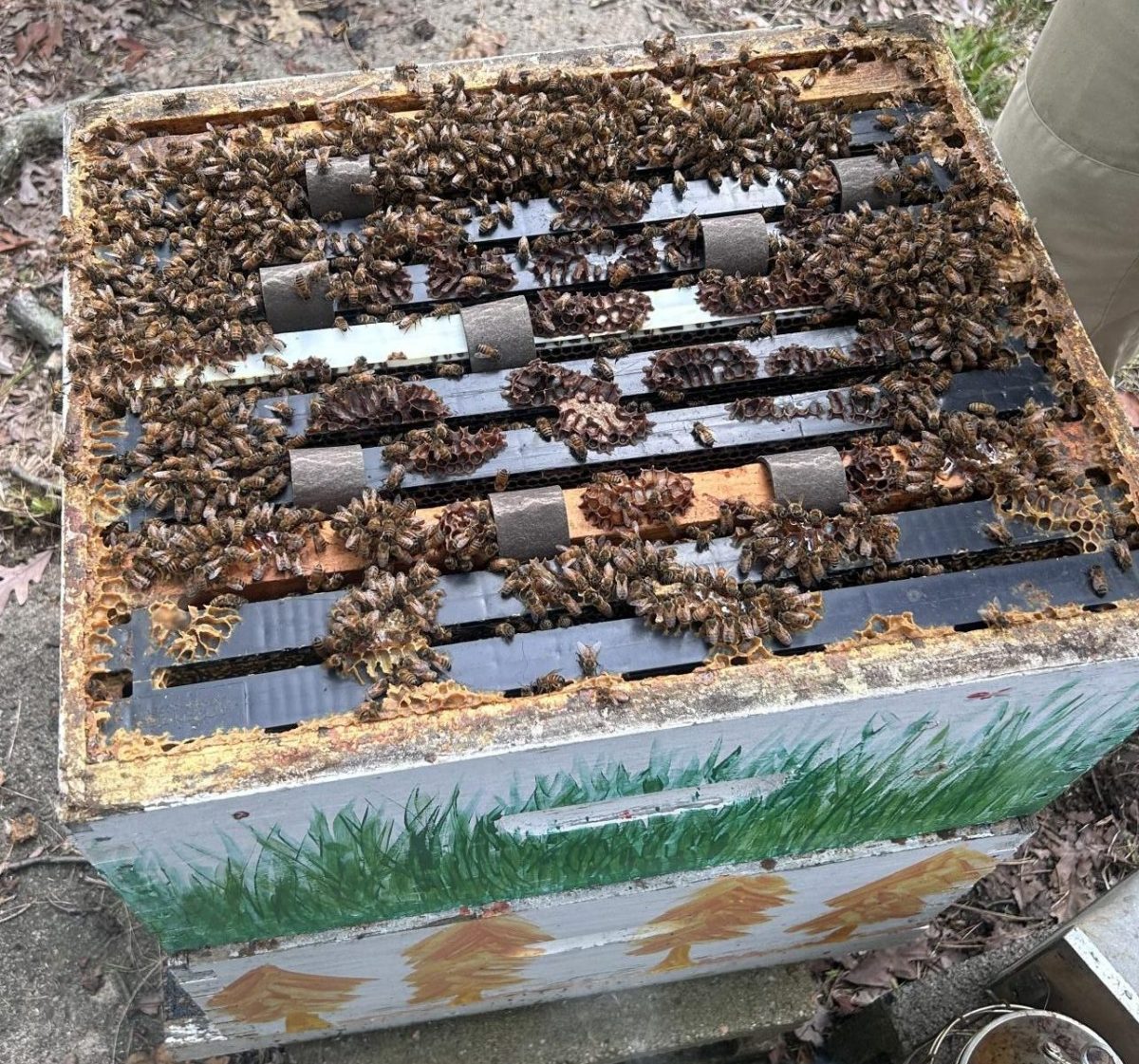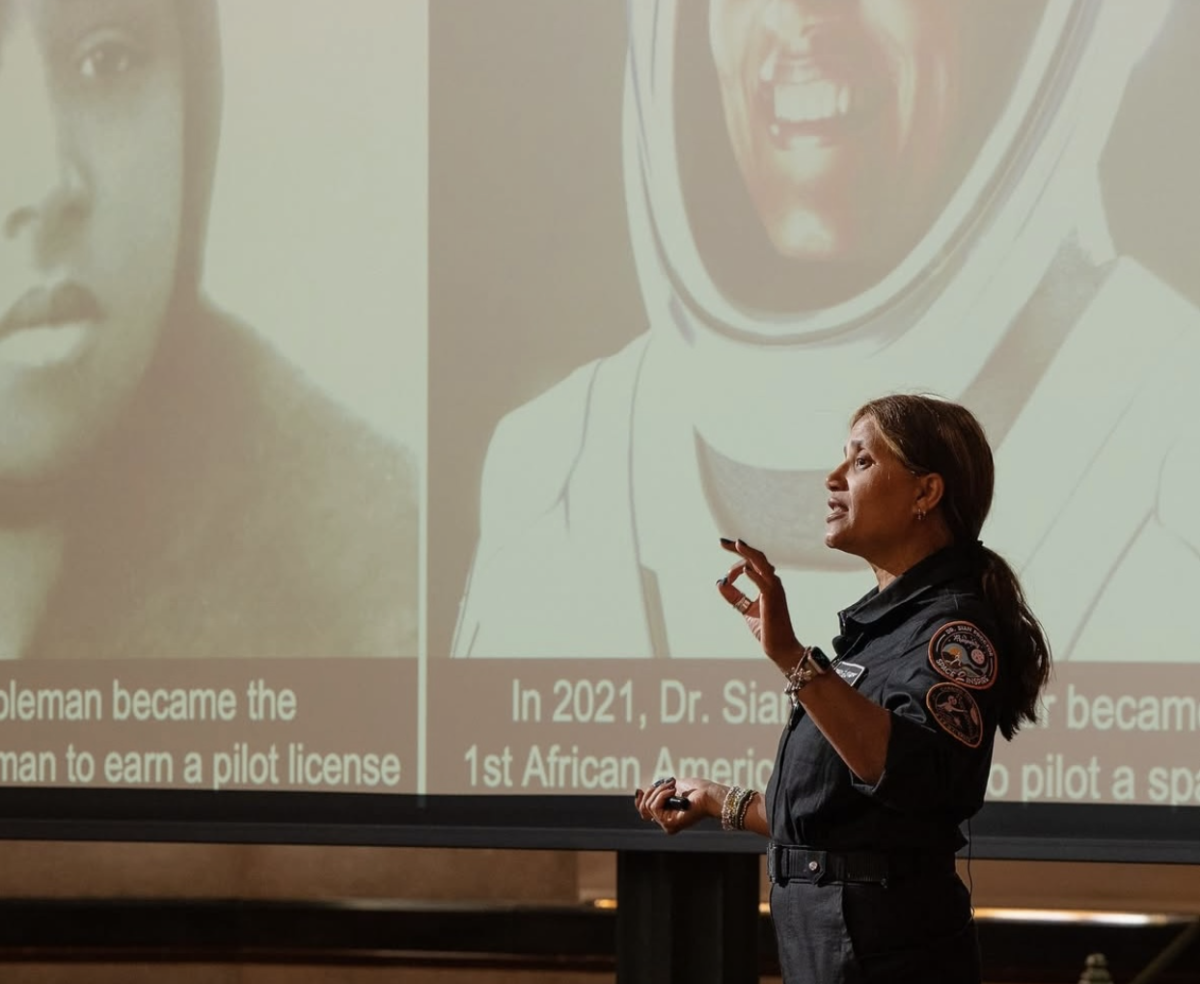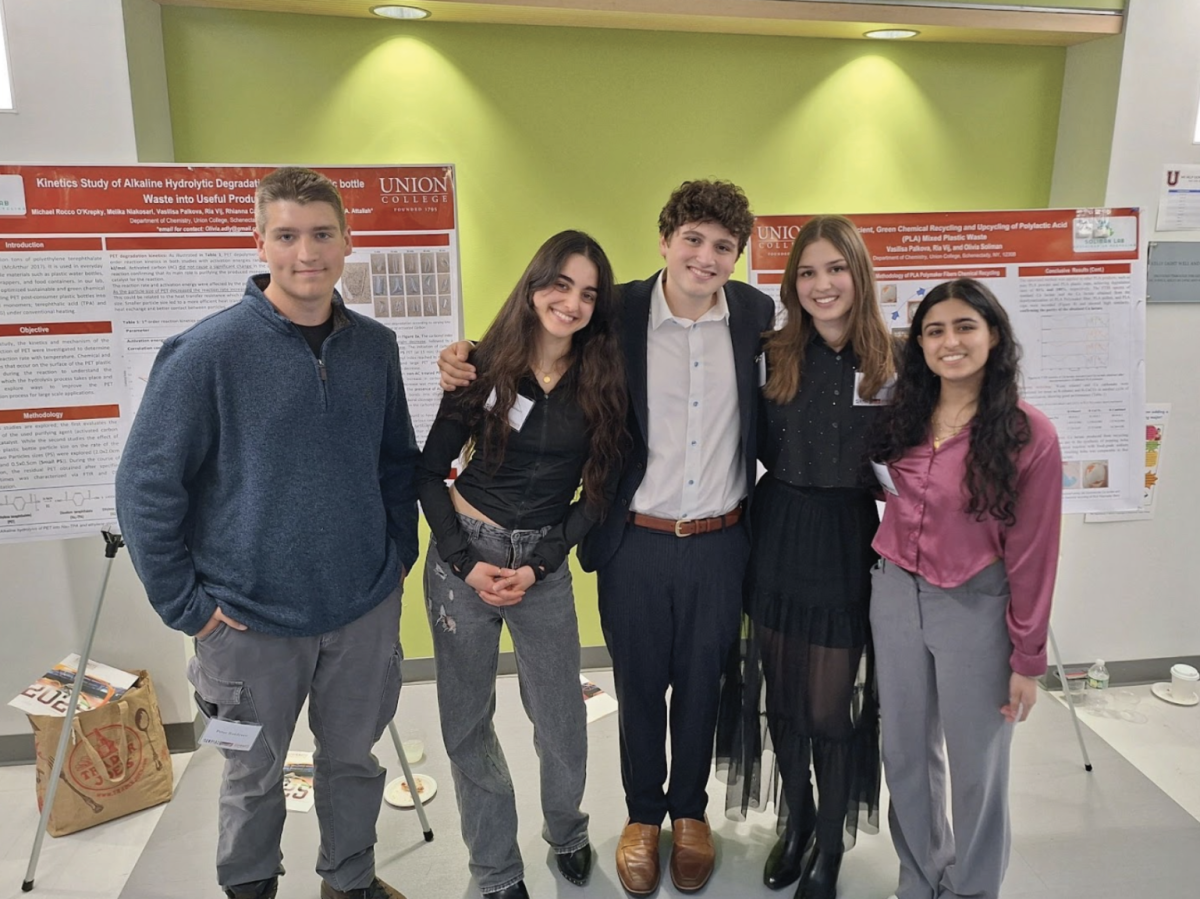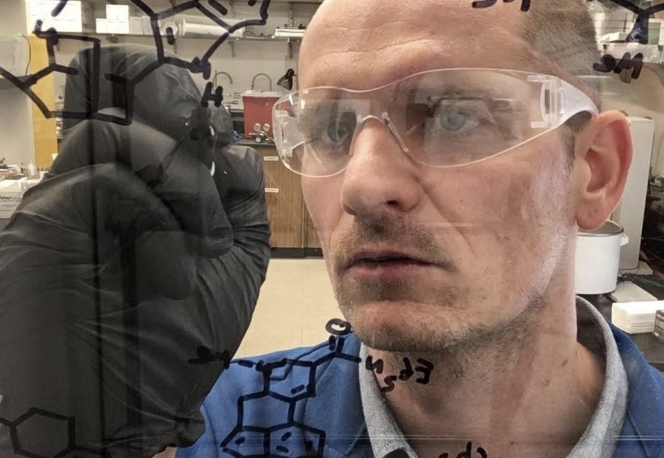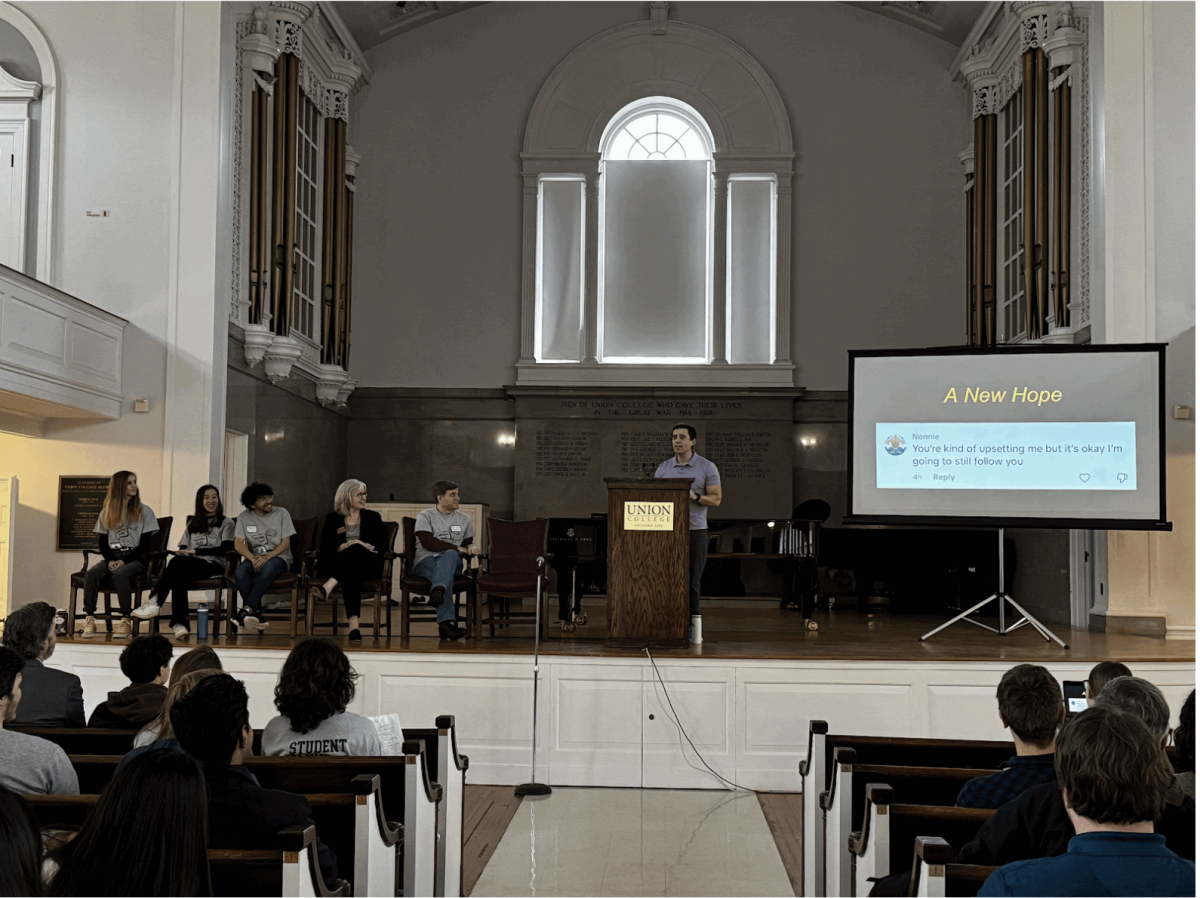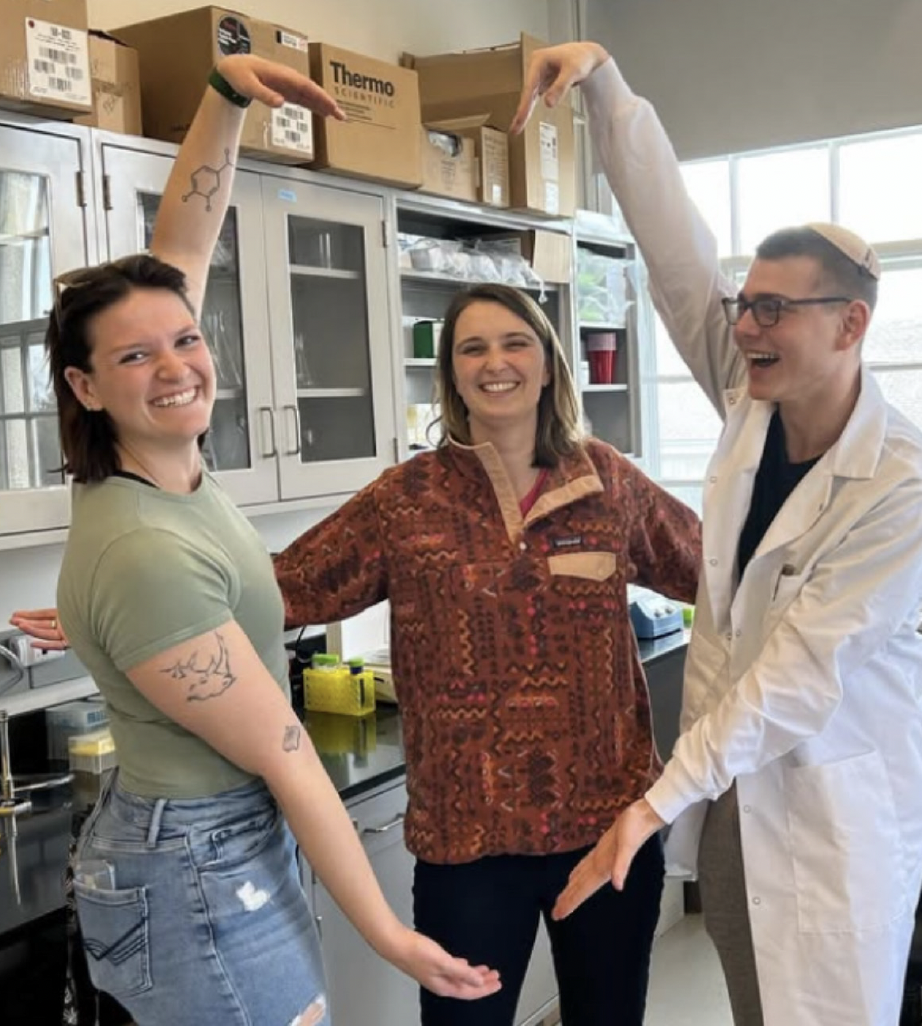Barren, desolate, boring you might hear a friend describe the open ocean in this way. It would be easy to assume that nothing much occurs there besides fishing and pollution.
Historically, those are the only activities that have needed monitoring; the high seas are subject to the shipping and pollution regulations set down by the United Nations.
However, the delegates to the 1982 Law of the Sea conference didn’t anticipate a new controversy: gene prospecting.
200 miles from shore, where international waters begin, may seem empty to us, but hidden beneath the water there is a diversity of aquatic life.
According to Eli Kintisch’s recent article in ‘Science,’ the genes from creatures capable of surviving in the most extreme conditions are of great interest to both researchers and industry. Since 1988, genetic material from at least 862 species has been patented for use in research or commercial applications.
Many nations, such as the U.S., hope that unlimited access continues. Other countries are concerned about the inequities this could provoke. Many developing nations lack the resources to compete in gene prospecting on a large scale.
If the genes found on the open ocean continue to prove useful, then these nations may lose out on the future commercial and medical applications of such sequences. Thembile Joyini, South African maritime policy advisor, recently told Kintisch that we all should “have a feeling that we own the ocean.”
The idea of regulated gene prospecting, and many other issues, is currently being debated at the United Nations in New York City meeting, which will conclude September 17.
While wealthier nations are vying for unregulated access to the rich genetic resources of our planet’s oceans, others are hoping that “Common Heritage” will prevail.
In 2010, the U.N. got 105 nations to agree to the Nagoya Protocol, which bars researchers from taking biological samples from other nations without providing compensation.
The idea of Common Heritage asserts the universal right of humanity to resources, such as minerals, that are found on the sea bed.
Scientists, corporations and individuals from around the globe have a vested interest in the possibilities hidden within the A’s, T’s, C’s and G’s of maritime organisms’ genetic code.


